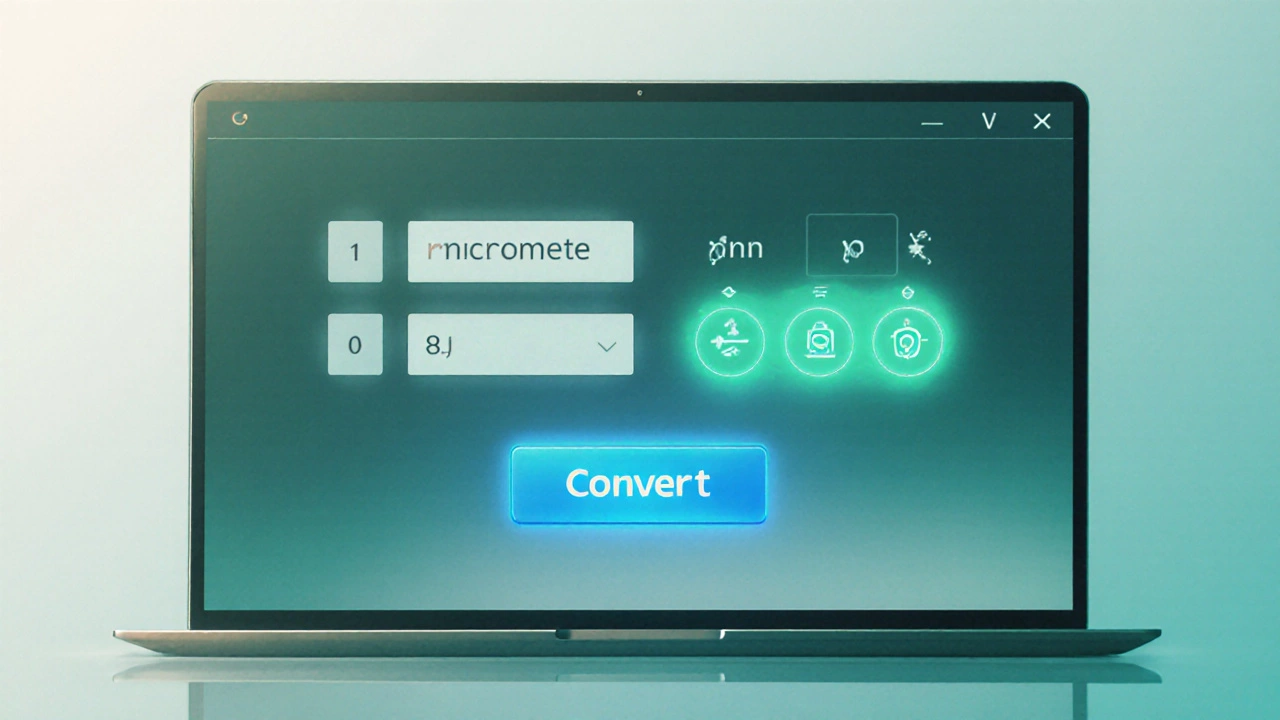Unit Conversion
When working with unit conversion, the process of translating one measurement system into another so values stay comparable across contexts. Also known as measurement conversion, it’s a daily need in factories, kitchens, and labs.
One of the most common branches is food units, standard measures such as grams, liters, and calories that keep recipes consistent and ensure regulatory compliance in food processing. Unit conversion encompasses food units because a baker moving from a metric‑heavy market to an imperial‑based one must swap ounces for grams without ruining the product. Another critical area is processing units, the hardware blocks like CPUs, GPUs, and TPUs that drive calculations, simulations, and real‑time data handling in manufacturing. Processing units influence unit conversion since the software running on them relies on precise numeric translation to avoid costly errors in batch production. Finally, plastic numbers, the recycling codes (e.g., #1 PET, #2 HDPE) that indicate material type and dictate how weight or volume should be converted for sorting and reuse play a subtle role; knowing the correct conversion factor for density helps recyclers calculate how much raw material they can reclaim. Across these examples, the common thread is accuracy: whether you’re scaling a formula, programming a PLC, or reporting waste metrics, reliable conversion tools and clear reference tables are non‑negotiable.
To make conversion painless, manufacturers often rely on digital calculators, spreadsheet templates, and built‑in functions in ERP systems. These tools embed the semantic triples you see in practice: unit conversion requires reliable data sources, food units affect product costing, and processing units enable rapid batch calculations. Real‑world stories illustrate the impact—a leading pharma lab cut batch deviations by 15% after standardising its concentration conversions, while a textile mill reduced material waste by 8% by aligning fabric weight units with supplier specifications. The diversity of applications means the tag collection below covers everything from simple kitchen math to complex industrial scaling, offering actionable insights for anyone who needs to move numbers from one system to another.
Below you’ll find a hand‑picked set of articles that dive deeper into each of these areas, showcase conversion best practices, and provide step‑by‑step guides you can apply right away. Happy converting!

μm vs nm: Which Unit Is Bigger?
Learn which unit is larger-micrometer (μm) or nanometer (nm)-with clear conversions, real‑world examples, a handy cheat‑sheet, and FAQs for engineers and makers.
Read More